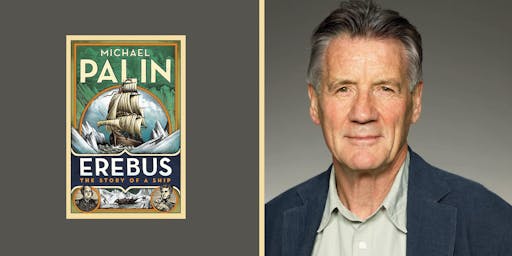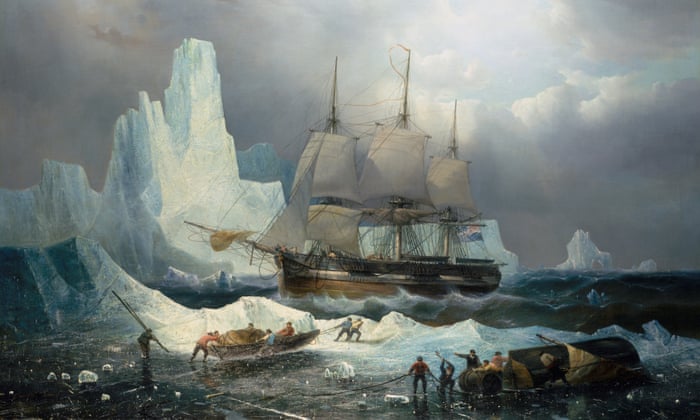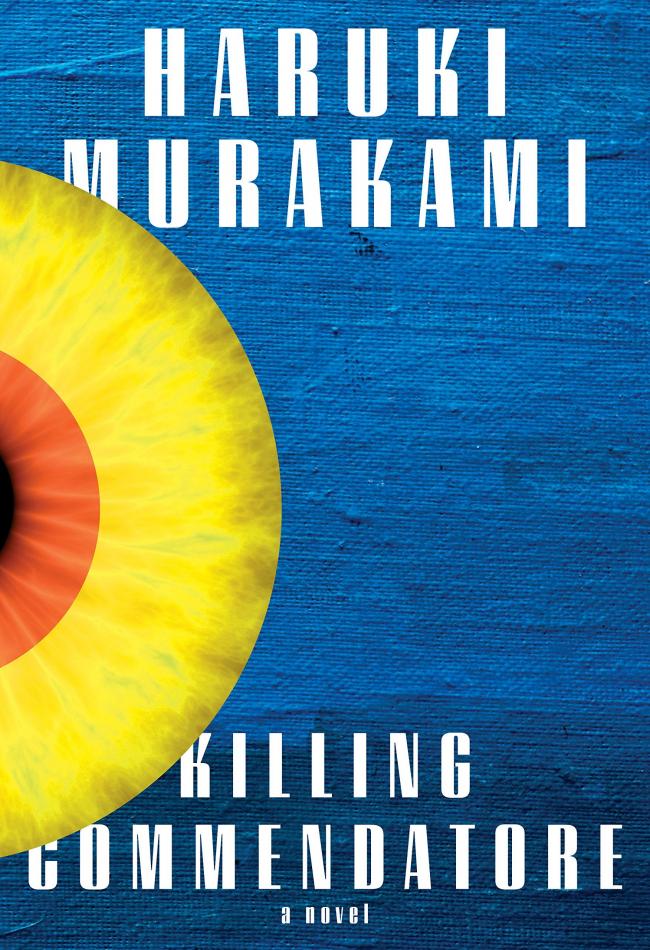The raw, painful birth of Blood on the Tracks
Recorded, scrapped, then hastily revised, the mercurial creativity of Bob Dylan’s most personal and honest album is laid bare in a six-CD set, More Blood, More Tracks
Sean O'Hagan
The Observer
Sunday 28 Oct 2018
On 16 September, 1974, Bob Dylan entered A&R recording studios in New York to begin work on his 15th studio album. He was 33 years old, his marriage was on the rocks and, despite a successful comeback tour that same year, his reputation rested solely on the epochal songs he had produced a decade previously. Having so defined the 1960s, Dylan had become an increasingly marginalised figure following his retreat to rural Woodstock at the close of the decade. The domestic normality he found there had precipitated a run of low-key, creatively unfocused albums that stretched from 1969’s Nashville Skyline to 1974’s Planet Waves. All that was about to change.
The making of the masterpiece that is Blood on the Tracks is as tangled a tale as any in Dylan’s long recording career. A version of the album was completed over four days in the studio in New York, the pace of Dylan’s impatient creativity confounding the hastily assembled band that had been recruited to flesh out his darkly reflective songs. Guitarist Eric Weissberg later recalled: “I got the distinct feeling Bob wasn’t concentrating, that he wasn’t interested in perfect takes. He’d been drinking a lot of wine, he was a little sloppy, but he insisted on moving forward, getting on to the next song without correcting obvious mistakes.” For the second day’s session, only one of the six musicians was retained, while two others were drafted in.
The finished album was scheduled for late December release. A record cover was printed, an advertising campaign finalised and test pressings dispatched to selected radio stations. A dissatisfied Dylan spent Christmas with his brother, David Zimmerman, his closest confidant. On hearing the finished record, David told him that it would fail commercially because the songs were too stark and stripped back to appeal to a mass audience. Rattled, Dylan derailed his triumphant return by insisting at the last minute that the album be withdrawn from the schedules.
Five of the 10 songs were then re-recorded in Sound 80 studio in Minneapolis over two days in the week after Christmas with a hastily assembled group of local musicians. The reworked album was rush-released on 20 January, 1975. Out of these messy and fraught circumstances, a masterpiece somehow emerged. Its gestation is mapped out in often revelatory detail on the imminent More Blood, More Tracks: The Bootleg Series Vol 14, a 6-CD deluxe box set released this week, in which the 10 original songs are augmented by every single outtake in chronological order from the 1974 recording sessions. A facsimile of one of the famous red notebooks adds to the allure of the expensive deluxe edition, while the less obsessive Dylan fan can make do with a pared-down version on single CD version and double vinyl formats.
The elaborately packaged album arrives on the back of the recent announcement by film director Luca Guadagnino that he is to follow up the mainstream success of Call Me By Your Name with an adaptation of Blood on the Tracks, which, he says, will be a “a multiyear story, set in the 70s, drawing on the album’s central themes”. Four decades after its release, Dylan’s most personal record continues to cast a spell.
As is the case for many Dylan devotees, Blood on the Tracks has been part of the soundtrack of my life since its release, as constant a presence as classic albums such as Van Morrison’s Astral Weeks, Marvin Gaye’s What’s Going On?and Dylan’s previous masterpiece, 1966’s Blonde on Blonde. In the mid-90s, I came by a CD called Blood on the Tracks: The New York Sessions, an unofficial bootleg which had surfaced soon after the release of the original. It includes early, spartan recordings of songs including If You See Her, Say Hello and Idiot Wind. Over time, I have come to love them even more than the official versions, not least because, in their raw and still unfinished state, they sound even more intimate and revealing.
A case in point is his stark, acoustic reading of Idiot Wind, his most splenetic song since Positively 4th Street, which sounds even more intense than the more elaborate version on the 1975 original release. The contrast between the two reveals Dylan’s mercurial creativity at that time. Now comes news that the deluxe More Blood, More Tracks contains no fewer than nine versions of the song. (You’re Gonna Make Me Lonesome When You Go unfolds over 12 separate takes.) This is manna from heaven for Dylan completists. For the rest of us, it provides intimate evidence of his often frenetic approach to recording and rewriting, capturing him in full flow at a pivotal moment on his creative journey. Lines, rhymes and even melodies change as Dylan searches for the shape and core meaning of each song in take after take. “It’s like you’re in the room...” elaborates producer Steve Berkowitz in the current issue of Uncut magazine. “It’s living history.”
The wealth of additional material will almost certainly confirm the critical view that Blood on the Tracks is one of the greatest, and most painfully honest, break-up albums of all time, a by turns bitter and beseeching response to the disintegration of his marriage to his wife of nine years, Sara. Dylan has constantly refuted this interpretation, and, in Chronicles, the first and as yet only volume of his memoirs, states that it was “an entire album based on Chekhov short stories. Critics thought it was autobiographical – that was fine”.
The album may well be Chekhovian in its shifting cast of characters and multiple points of view but there is a deep vein of regretful reflection running through songs such as If You See Her, Say Hello and You’re a Big Girl Now. Their tone suggests a man who realises what he has lost and is self-aware enough to acknowledge his destructive role in the mess that his marriage had become – the reclusive Sara would file for divorce soon afterwards, tired of Dylan’s increasingly blatant womanising.
In contrast, the force of Idiot Wind, particularly in its brutally stark acoustic version, still startles. By turns paranoid, derisory and vengeful, it is a dark masterpiece of venomous intent, a great part of its raw power resting in the very discomfort the listener feels as it gathers momentum and the tone becomes ever more bitter. “Idiot wind, blowing every time you move your teeth,” he seethes. “You’re an idiot, babe/ It’s a wonder that you still know how to breathe.”
Blood on the Tracks may be the most aptly titled of all Dylan’s great albums. Its rush and ragged conception, now chronicled in full for the first time, is testament to WB Yeats’s insistence that the essence of the true artist’s endeavour could best be summed up by the words: “Myself I must remake.”














